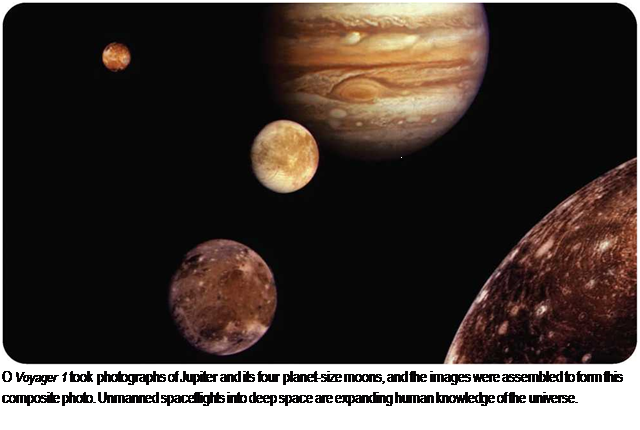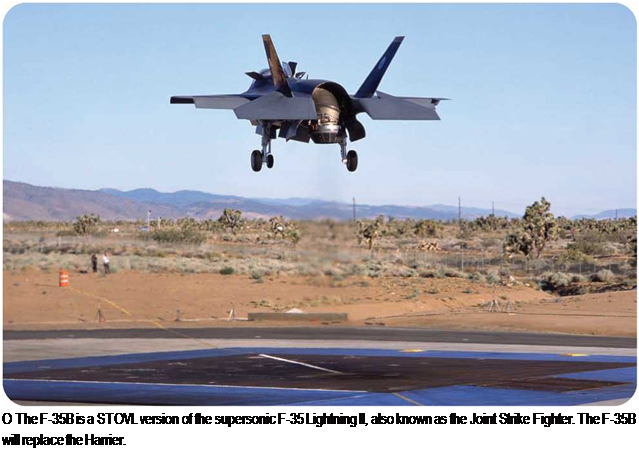If an aircraft is to be stable and easily controlled, it must be well balanced. An aircraft balances around a point called its center of gravity, or center of mass. When fuel, passengers, cargo, or any other weight is added to an aircraft, it must be spread evenly throughout the aircraft. Too much weight at the front moves the center of gravity forward and makes the aircraft nose-heavy. Too much weight at the back makes it tail – heavy. More weight on one side than the other side makes it roll. An aircraft’s center of gravity must not be allowed to move too far in front of, or behind, its ideal position. If this happens, the aircraft can become difficult to fly or even dangerously unstable.
Military transport aircraft have a crew member called the loadmaster. Part of the loadmaster’s job is to place the cargo and passengers on board so that the plane’s center of gravity stays within its allowed limits. The center of gravity moves as an aircraft burns off fuel during a flight, so the loadmaster must take this into account.
An airliner’s weight and the position of its center of gravity are calculated before every flight. The amount of fuel it has to carry depends on its weight. A heavier aircraft needs more fuel. To calculate the weight and the position of the center of gravity, the crew needs to know approximately how much the fuel, passengers, and baggage weigh.
Most of the weight carried by an airliner is fuel, and so the amount of fuel pumped into the aircraft’s tanks is measured. The weight of each gallon, or liter, is known, so the weight of the fuel can be calculated. Most of the fuel is stored in the wings on each side of the aircraft.
The baggage is weighed too, but what about the passengers? Passengers are not weighed individually. Instead, airlines use standard passenger weights, based on an average and multiplied by the number of passengers, to arrive at the total weight of all the passengers.
N
J
HEAVY PASSENGERS
People are getting heavier. The weight of the average person has been increasing since the standard weights used by airlines were set in the 1990s. Passengers also are bringing more carry-on baggage onto airplanes, and airlines have had to take this extra weight into account. Since the 1990s, the average passenger weight, including carry-on baggage, has increased from 170 pounds (77 kilograms) to 190 pounds (86 kilograms).
In winter, passengers wear more clothes, so the average passenger weight in winter increases further to 195 pounds (88 kilograms).
In 2005, because of these changed statistics, the U. S. Federal Aviation Administration (FAA) issued new figures for standard passenger weights. The average weight of an adult man with carry-on baggage was increased from 185 pounds (84 kilograms) to 200 pounds (91 kilograms) in summer and 205 pounds (93 kilograms) in winter. The weight for an average woman with carry-ons was increased from 145 pounds (66 kilograms) to 179 pounds (81 kilograms) in summer and 184 pounds (83 kilograms) in winter. The weight for children age two to twelve years old was increased from 80 pounds (36 kilograms) to 82 pounds (37 kilograms) in the summer and 87 pounds (39 kilograms) in winter.
J
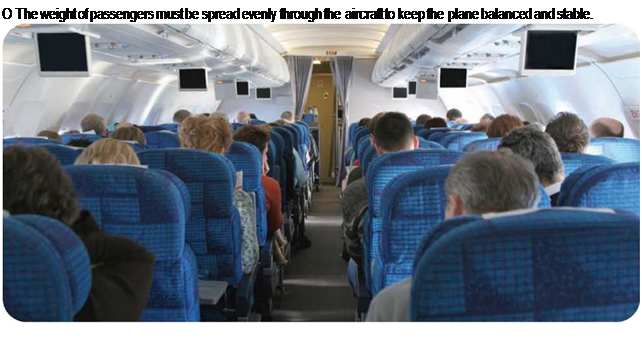











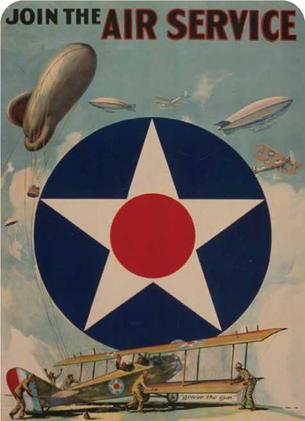
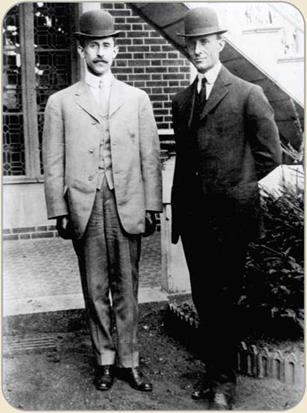
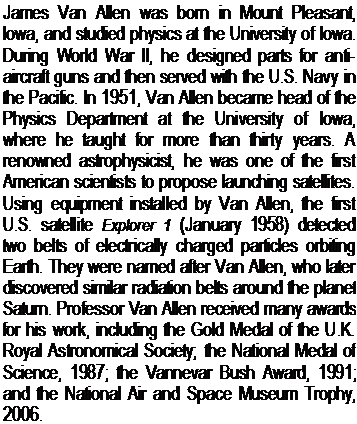
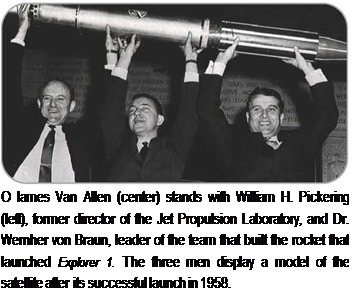 Russian teacher Konstantin Tsiolkovsky (1857-1935) figured out the mathematical principles of spaceflight by rockets. In 1923, Hermann Oberth (1894-1989) wrote The Rocket into Planetary Space, a book that predicted spaceflight.
Russian teacher Konstantin Tsiolkovsky (1857-1935) figured out the mathematical principles of spaceflight by rockets. In 1923, Hermann Oberth (1894-1989) wrote The Rocket into Planetary Space, a book that predicted spaceflight.